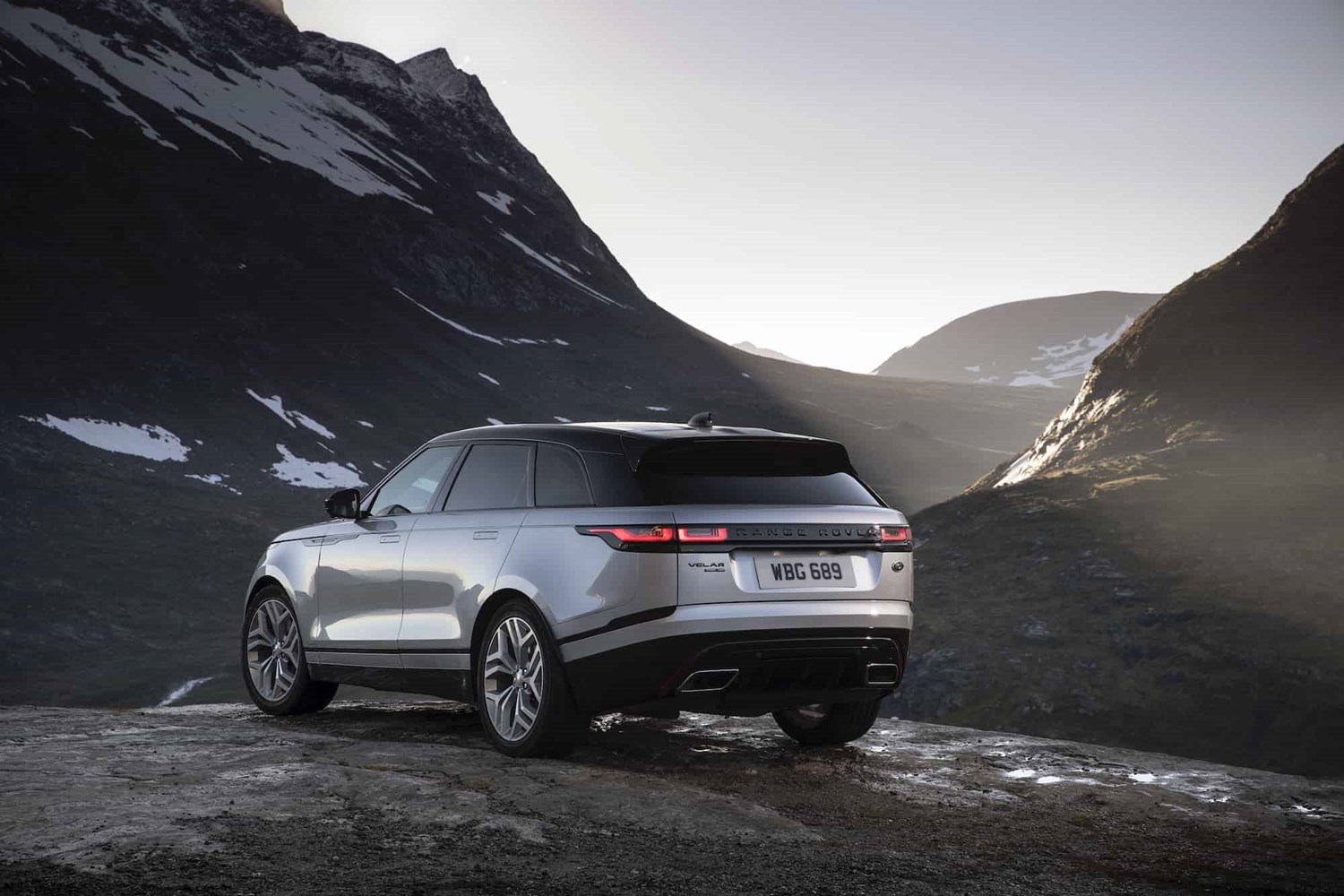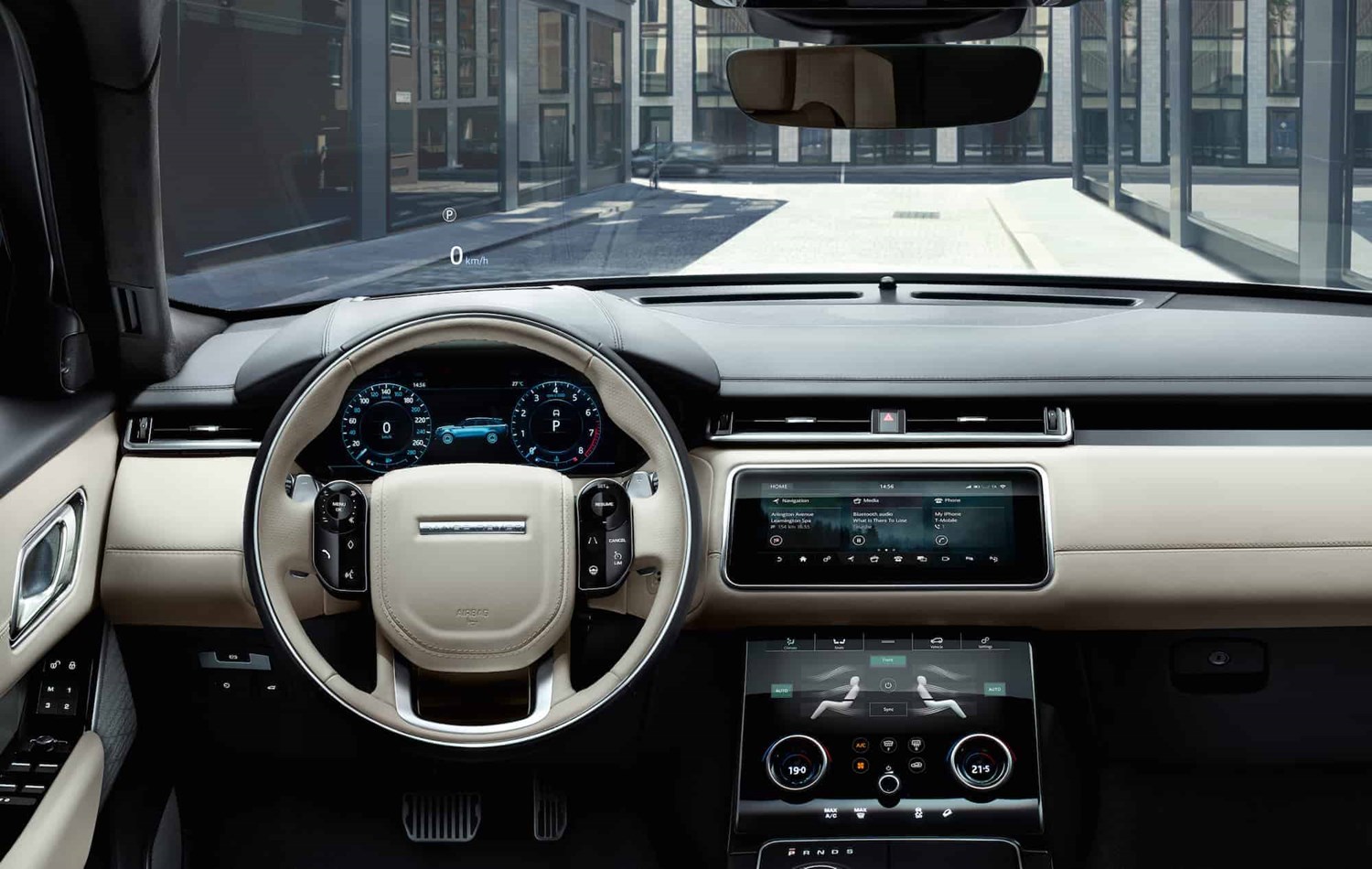Current model
As mentioned previously, the Velar is still in its first generation. Furthermore, at the time of writing, the model hasn’t received a major facelift yet either – just minor updates. However, considering it only arrived in 2017 and even today is a thoroughly modern vehicle, this isn’t too much of a problem.
For model year 2019, the Velar received new engine choices and better safety tech. In terms of the former, it involved the introduction of a 3.0-litre V6 diesel option, and the latter, adaptive cruise control and steering assist joined a limited range of safety upgrades.
Other even smaller changes were made as well, such as a larger fuel tank for a number of petrol models, better standard equipment and a particulate filter for its petrol engines.
In addition, it’s worth noting that, for 2019, Land Rover put out the limited-run, 5.0-litre V8-powered SVAutobiography model variant, which combined sporty performance with an upmarket interior finish.
The Velar shares a platform with the Jaguar F-Pace and it’s predominantly made from aluminium in order to keep things light. On the road, the Rover handles bumps and imperfections in the road as good as any other model in the range – excellently. The car wafts down roads, all the while keeping you cocooned in peaceful luxury.
Value for money
New Range Rover Velars start at £45,260, and that’ll get you into the base, entry-level trim. It comes with a generous amount of standard equipment throughout the trim levels though, resulting in an appealing package.
It must be mentioned, however, that options can stack up and model variants will differ throughout the range. For example, the V8 SVAutobiography starts at £86,685. So just be careful when building your Velar, as it might end up costing a lot more than you originally thought.
If preferred, the used market is also a great place to look for Velars. Prices start at around £33,000 and, because of the model’s limited time on sale, there are plenty of choices in great condition and with low-mileage.
Looks and image
They say beauty is in the eye of the beholder, but we think the Velar looks fantastic. It has a long, smooth silhouette and a beltline that’s nice and high, giving the car a bold stance and a real presence on the road. It’s elegant, yet somewhat aggressive, especially if you opt for a sportier trim.
And it seems others agree, because the sleek SUV was named World Car Design of the Year at the 2018 World Car Awards. We believe it’s one of the best-looking cars, let alone SUVs, on sale today.





